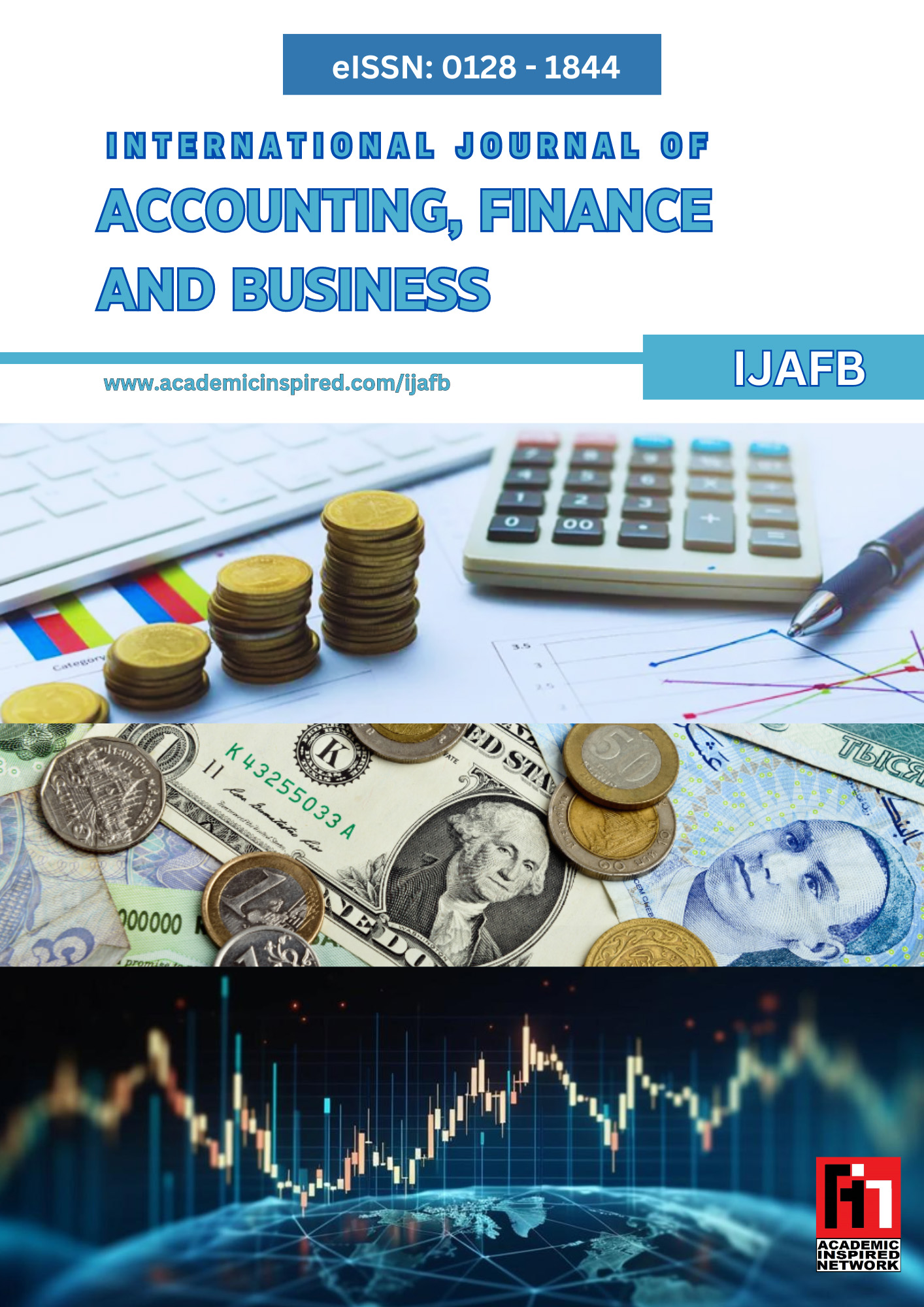A study of attitudes and social norms: An application of multiple regression analysis
Keywords:
Entrepreneurial Intention, Attitude, Subjective Norms, University StudentsAbstract
This study investigates the influence of entrepreneurial attitude and subjective norms on entrepreneurial intention among university students. Drawing on the Theory of Planned Behavior, the research aims to identify which psychological factors significantly shape students' intention to engage in entrepreneurship. Using quantitative methods, data were collected through structured questionnaires and analyzed using multiple regression analysis. The results reveal that entrepreneurial attitude has a positive and significant effect on entrepreneurial intention, suggesting that students with favorable perceptions of entrepreneurship are more likely to consider starting a business. In contrast, subjective norms were found to have no significant impact, indicating that social pressure from family, peers, or society does not play a critical role in shaping students' entrepreneurial aspirations. These findings underscore the importance of cultivating positive entrepreneurial attitudes through education and experiential learning, rather than relying on external social influence.













